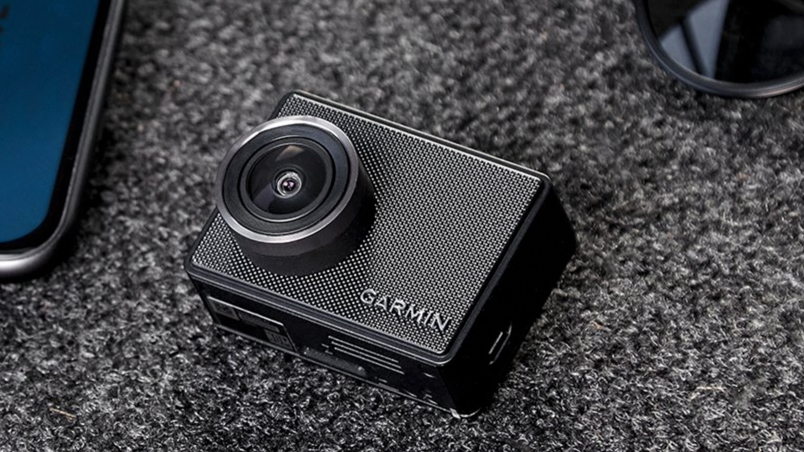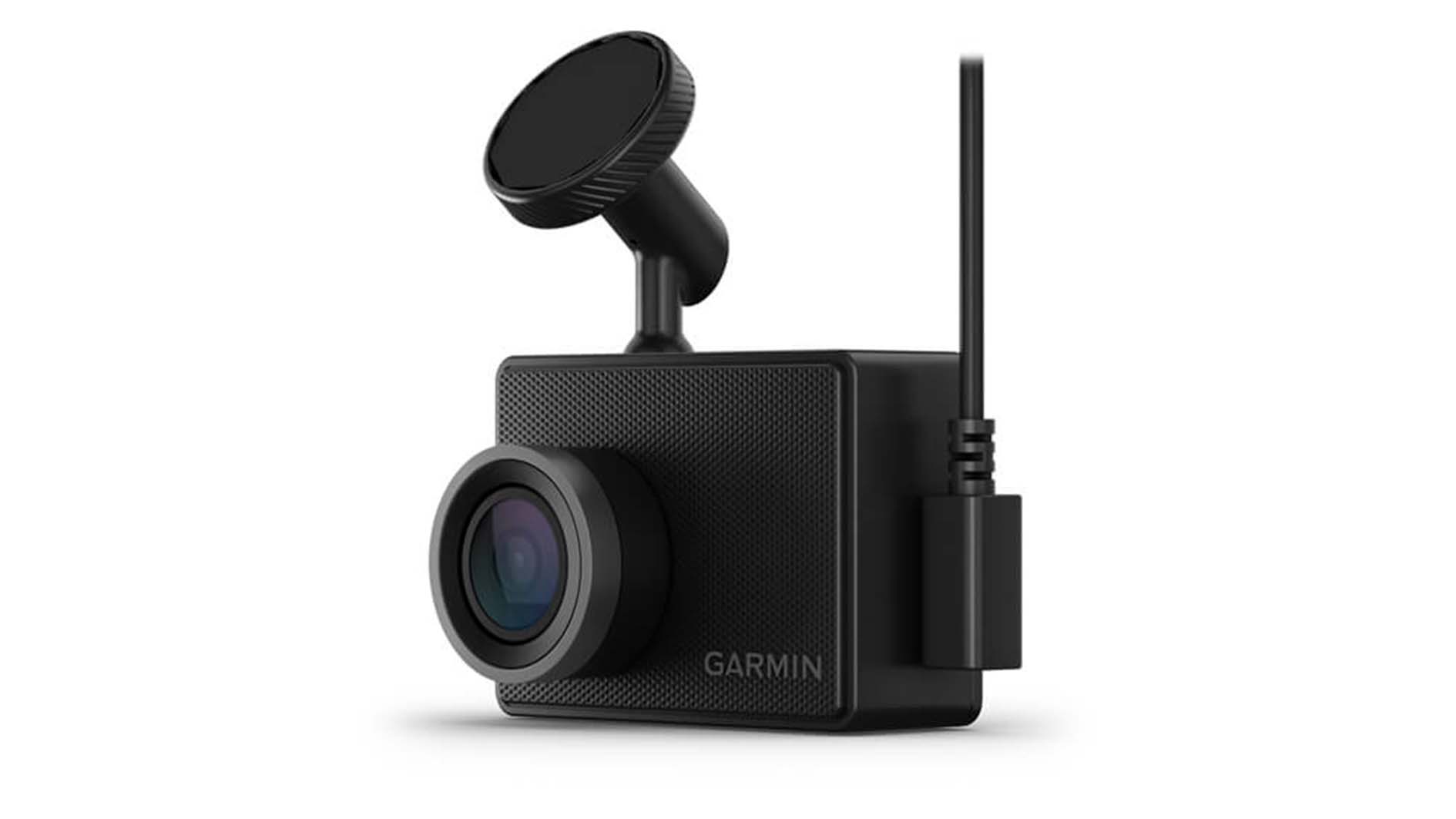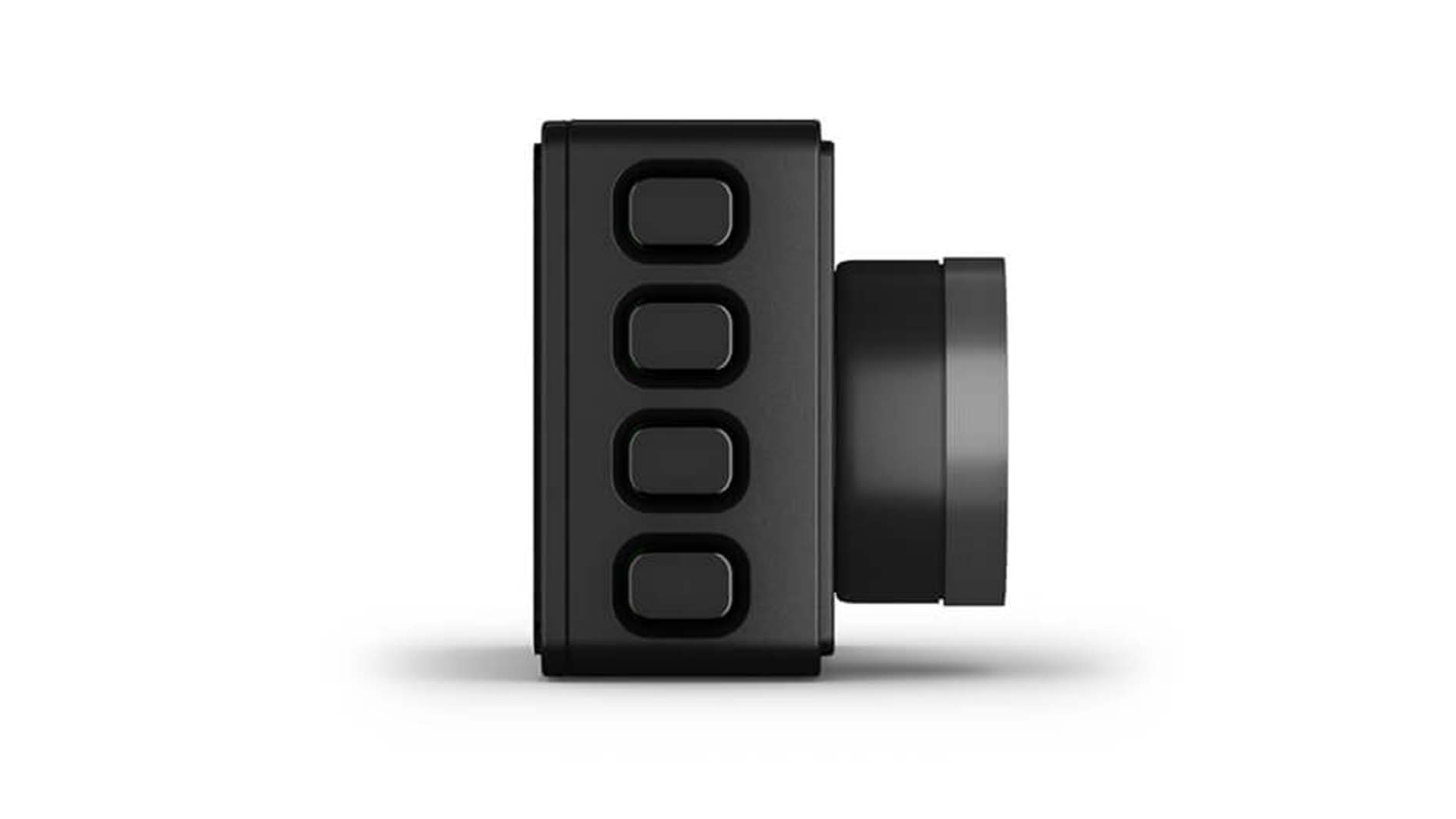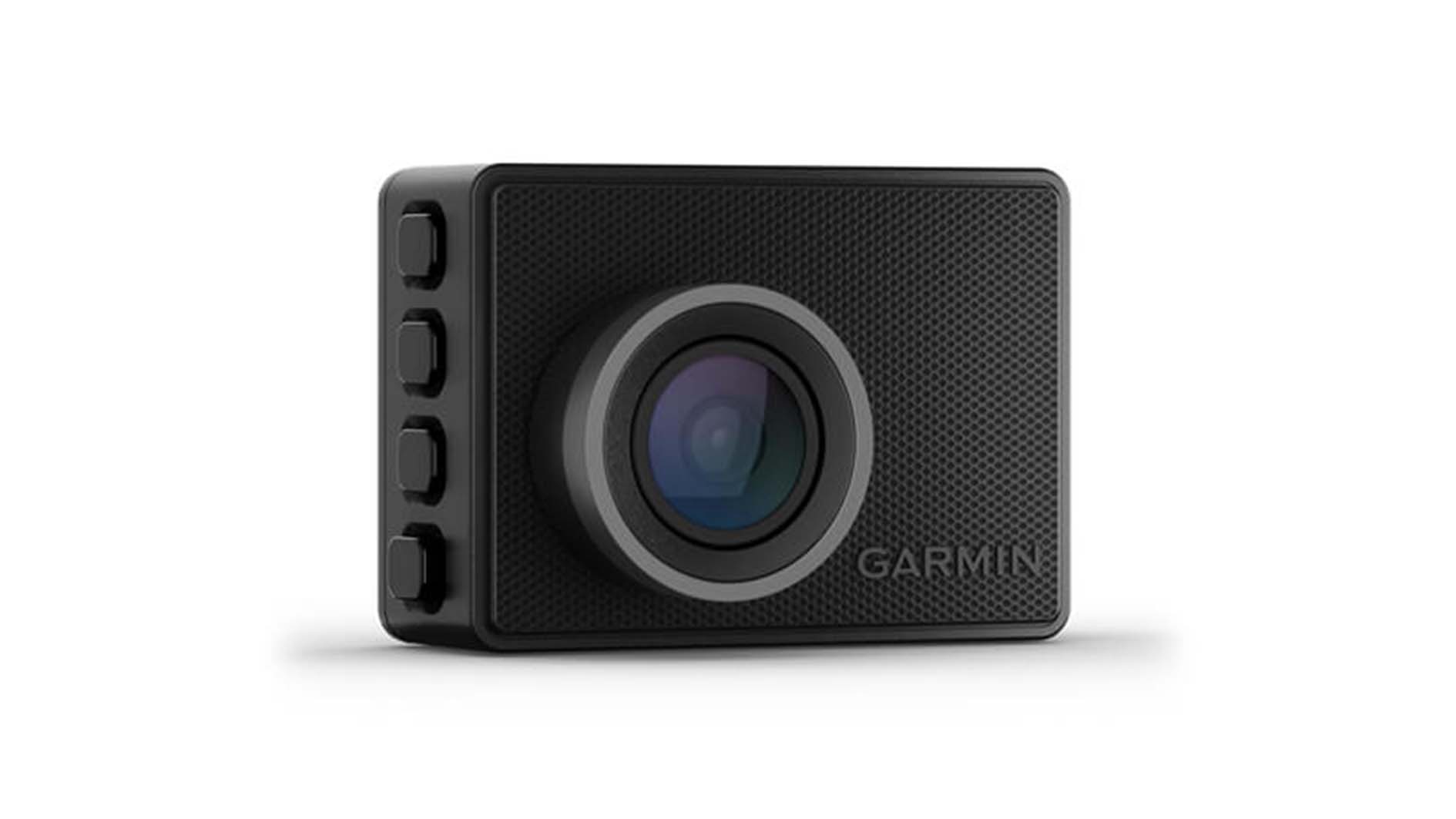Garmin Dash Cam 47 review
A well-priced dash cam with advanced features like GPS, voice control, driver assistance alerts and video uploads via WiFi


The Dash Cam 47 delivers a lot, from Full HDR video with HDR, to GPS, parking mode, driver safety alerts, automated Wi-Fi uploading and voice controls that actually work.
-
+
Great design
-
+
Sharp and clear HDR video
-
+
Free cloud storage (for 24 hours)
-
-
140-degree lens could be wider
-
-
Cheaper options are available
-
-
Driver assistance features can be annoying
Why you can trust T3

Garmin has one of the most comprehensive dash cam offerings on the market today, taking up many spots in our best dash cam buying guide. There’s the Garmin Dash Cam Mini 2, the Garmin Dash Cam 57, the flagship Garmin Dash Cam 67W, and this, the Garmin Dash Cam 47.
Sharing much of its design with the pricier 57 and 67W, the 47 shoots 1080p Full HD and a 140-degree lens. It also uses the same windscreen mount as its relatives (and older models of Garmin dash Cam, too), and has a display on its rear.
As well as being a dash cam for recording forward-facing footage, then automatically saving it when a collision is felt, the Garmin 47 also has a suite of drive assistance systems and safety alerts, should you want them.

Garmin Dash Cam 47 review: Design
Garmin’s dash cams have followed a very similar design recipe for some time now. Aside from the ultra-compact Mini and Mini 2, the rest of the Dash Cam collection share a matchbox-sized design. It’s a simple look that isn’t particularly exciting, but does the job and all models feel like quality items, the lowered-priced Dash Cam 47, seen here, included.
The front is home to a 140-degree lens that protrudes significantly, while the rear is dominated by a display that is controlled with four buttons on the right-hand side. There’s a microUSB port for power on the left, a ball-and-socket joint for the windscreen mount on the top, and a microSD card slot on the bottom edge.
The windscreen mount is just like other Garmin dash cams, with its short arm and magnetic, coin-sized disc that fixes to the windscreen with 3M adhesive, then snaps magnetically to the arm, which holds the camera firmly but also allows for easy adjustment. It’s a simple but highly practical design.
As for dimensions, the Garmin Dash Cam 47 measures 5.62cm long, 4.05cm wide and 2.19cm thick. It has a 2.0-inch TFT display with a resolution of 320 x 240, and weighs 60.1g.
Get all the latest news, reviews, deals and buying guides on gorgeous tech, home and active products from the T3 experts

Garmin Dash Cam 47 review: features
Despite being an entry-level dash cam in Garmin’ range, the 47 comes with integrated GS. This means speed and location data is added to all video recordings, helping to create more evidence should you ever need to prove your innocence after an incident.
Another feature you might not expect from the 47 is voice control. This isn’t a fully-fledged Alexa or Google Assistant, but acts as a handy way of controlling certain features. For example, you can say “Okay Garmin, turn off audio recording” instead of digging into the menu system or app. Voice commands can also be used to manually record a portion of footage – useful if you spot something ahead that you think should be recorded. We’ve always found Garmin’s dash cam voice control to work well, responding quickly and accurately to our prompts.

Other features require constant power to the dash cam, which is made possible with the £45 Garmin Constant Power Cable, which plugs the camera into your car’s OBD-II port, making it active even when the car is parked and turned off. Do this, and you can activate parking mode, which alerts you via the app when an incident is detected while parked. Connect the camera to Wi-Fi (your home network, for example) and you can remotely view a live video feed from the camera, also via the Garmin app.
Next up we have driver assistance and alert features. Some drivers likely won’t want these, as they can become annoying. But for those who do, the camera will sound an alarm when it thinks you’re too close to the vehicle ahead, or if you drift out of your lane. It also beeps if you haven’t noticed that the vehicle ahead has set off, and there are alerts for nearby speed cameras and red light cameras.
As for the Garmin 47’s core features, it works just like any other dash cam. Once set up, it starts recording when connected to power and saves a portion of footage when a collision is detected.
Garmin Dash Cam 47 review: Video quality
The Garmin Dash am 47 records video at 1080p Full HD resolution with HDR through a 140-degree lens. Full HD is really the minimum resolution you should expect from a dash cam, and more expensive models shoot in 1440p or even 4K, but with the latter’s enhanced quality resulting in huge video files that can be time-consuming to transfer.
As with all recent Garmin dash cams, the 47 produces good-quality video that makes it easy to pick out key details like vehicle registration plates and street signs.
Other models in the Garmin Dash Cam range are very similar to the 47, so it’s worth explaining how the slightly more expensive 57 shoots at the higher 1440p resolution, while the 67W sticks at that resolution but widens the lens from 140 to 180 degrees. The compact Mini 2 has the same 1080p and 140-degree specifications as the 47 reviewed here, but lacks a display.

Garmin Dash Cam 47 review: Software
All members of the Garmin Dash Cam range work with the Garmin Drive app, which is free for iPhone and Android. The app is used to set up the camera, update its firmware and position it correctly by showing a live video feed. It can be used to adjust settings too, along with the display and buttons on the camera itself can also be used to do this.
The menu systems are all fairly simple, but with dash cams we’ve found it’s often a case of setting it up once, then never venturing back into the menu system ever again.
All current members of the Garmin Dash Cam family automatically upload saved footage to the cloud, via Wi-Fi. This footage is then accessible through the Garmin Vault service for 24 hours, before disappearing (although it’ll still be on the microSD card). This time limit can be increased to seven days for £4.99 a month or 30 days for £9.99.
Recordings can also be transferred to your phone from the app, or by taking out the microSD card (not included) and slotting it into your computer or tablet.
A neat feature of the Drive app is how up to four members of the Garmin Dash Cam family can be connected to the app, with their footage simultaneously recorded. This is a great way of adding a rear camera to your car, or even having four attached to a larger vehicle.
Garmin Dash Cam 47 review: Verdict
You really can’t go wrong with any member of the Garmin Dash Cam range. Like its siblings (and predecessors), the Dash Cam 47 is compact, well-designed, simple to install and very easy to use. It records good-quality Full HD video with HDR, and the additional features like GPS and voice control are well implemented.
We’d like to see a slightly wider lens, but then Garmin has the Dash Cam 67W for that, or the middling 57 if you want a higher 1440p resolution. From the minimalist windscreen mount to the simplicity of use, Garmin gets a lot right with the Dash Cam 47.
If you're looking to save a little money then you can check out our best cheap dash cam deals page, and if you're looking to record all angles then you can read our best front and rear dash cam guide.
Alistair is a freelance automotive and technology journalist. He has bylines on esteemed sites such as the BBC, Forbes, TechRadar, and of best of all, T3, where he covers topics ranging from classic cars and men's lifestyle, to smart home technology, phones, electric cars, autonomy, Swiss watches, and much more besides. He is an experienced journalist, writing news, features, interviews and product reviews. If that didn't make him busy enough, he is also the co-host of the AutoChat podcast.
